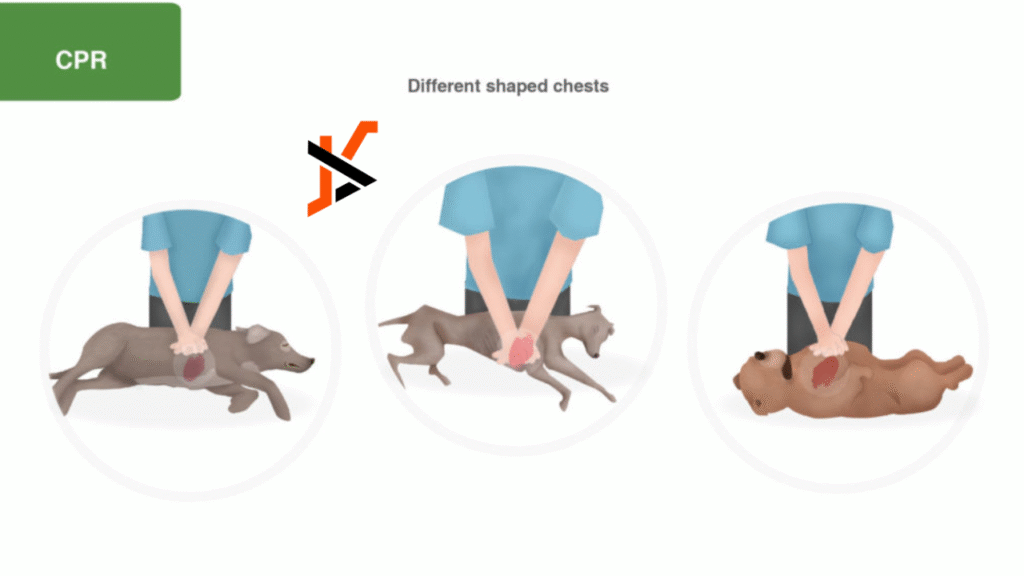Pet First Aid and CPR: What Every Pet Owner Should Know
Knowing how to perform first aid and CPR on your pet could one day save their life. Just like humans, pets can face emergencies such as choking, severe bleeding, or breathing difficulties. Being prepared with the right knowledge gives you the ability to act quickly in critical moments—sometimes making the difference between life and death.
Recognizing Pet Emergencies
Pet emergencies range from minor injuries to severe, life-threatening conditions. Understanding the warning signs allows you to respond appropriately. Some common situations include:
Choking
When a pet’s airway is blocked by food, toys, or other objects, immediate action is required. Quick intervention to clear the airway could save their life.
Heavy Bleeding
Significant blood loss can send your pet into shock, which is extremely dangerous. Applying firm pressure and getting veterinary help immediately are essential steps.
Heatstroke
Pets overheat much faster than people. If left untreated, heatstroke can damage internal organs. Keeping your pet cool and watching for warning signs—like excessive panting or lethargy—helps prevent serious complications.
Seizures
Seizures can be alarming but knowing what to do keeps your pet safer. Keep them away from sharp objects, never place items in their mouth, and call your vet as soon as the episode ends.
Essential First Aid Skills
Prepared pet owners know basic first aid techniques that can stabilize their animal until veterinary care is available.
Pet CPR
Cardiopulmonary resuscitation (CPR) is not just for humans. If your pet stops breathing or their heart stops, CPR may save them. The basics include:
- Ensure the area is safe.
- Check for breathing and pulse.
- If no pulse, begin chest compressions (100–120 per minute).
- Provide two rescue breaths after each cycle.
Helping a Choking Pet
Look for signs such as coughing, pawing at the mouth, or blue gums.
- For small dogs, hold them with their back against your chest and apply gentle thrusts.
- For larger dogs, use the Heimlich maneuver by placing hands below the rib cage and thrusting upward.
When to Call the Vet
Even if you manage to provide first aid, some emergencies require immediate veterinary attention. Seek professional help if:
- Bleeding doesn’t stop.
- Your pet is unconscious or unresponsive.
- Breathing remains labored after aid.
- Severe vomiting or diarrhea continues.
Stay Ready, Stay Informed
Pet first aid and CPR knowledge gives you confidence and peace of mind. By learning these techniques—and ideally taking a certified training course—you’ll be prepared for emergencies and better equipped to protect your pet’s health.
Being proactive not only safeguards your furry friend but also strengthens the bond you share. A little preparation today could save their life tomorrow.Beyond emergencies, practicing pet first aid builds everyday awareness of your animal’s health. You’ll be more likely to notice subtle changes in behavior, appetite, or breathing that may indicate a developing issue. Regularly checking gums, pulse, and overall energy levels can help you spot problems early before they become serious. Having a well-stocked pet first aid kit at home and in your car is equally important—include items like bandages, antiseptic wipes, tweezers, and emergency contact numbers for your veterinarian. Preparation, awareness, and hands-on skills create a safety net for your pet, ensuring you’re ready to respond when every second counts.

